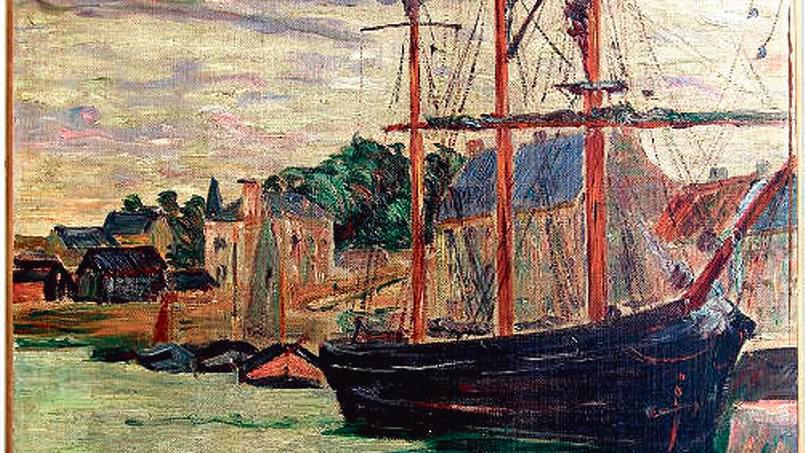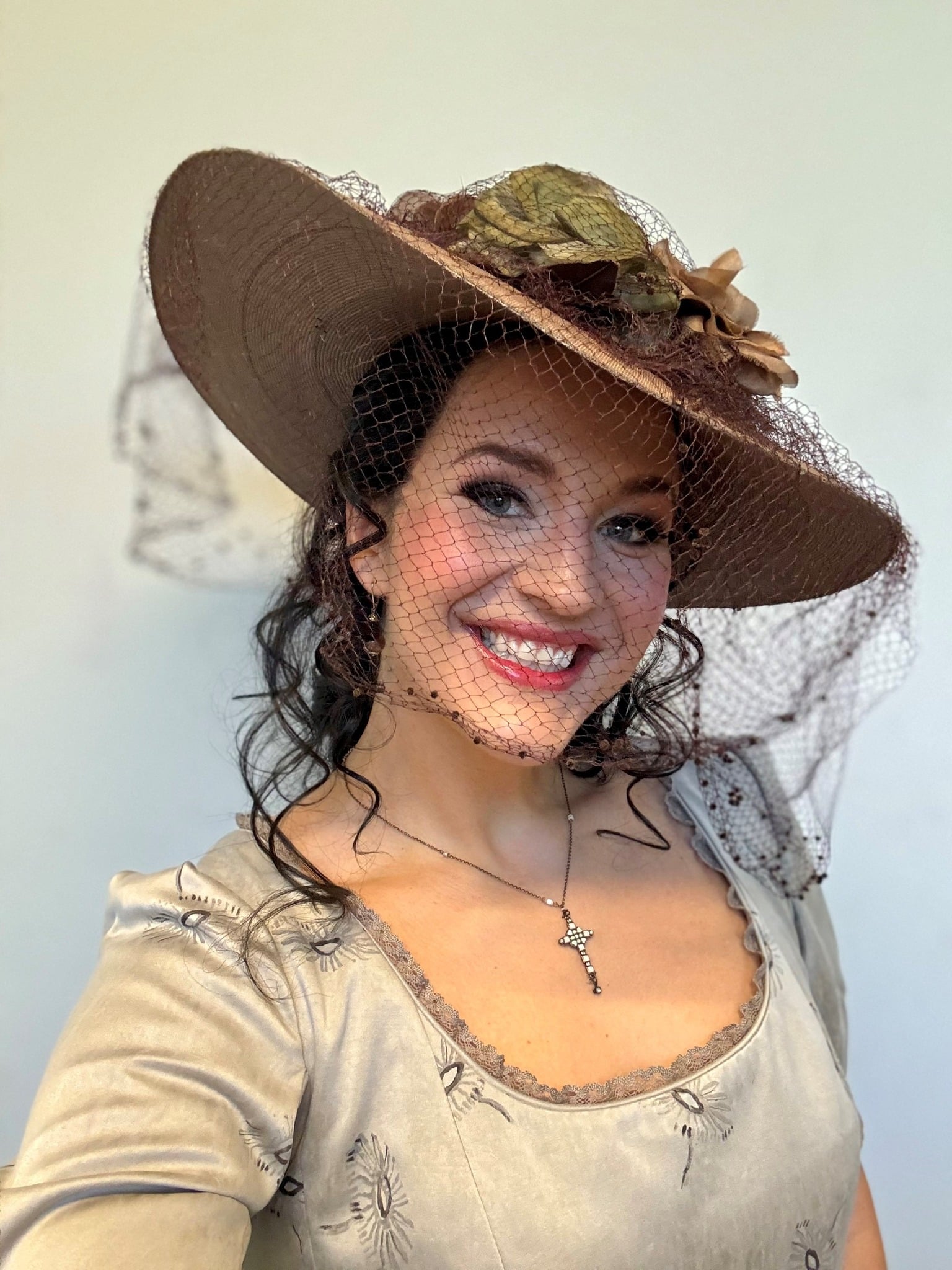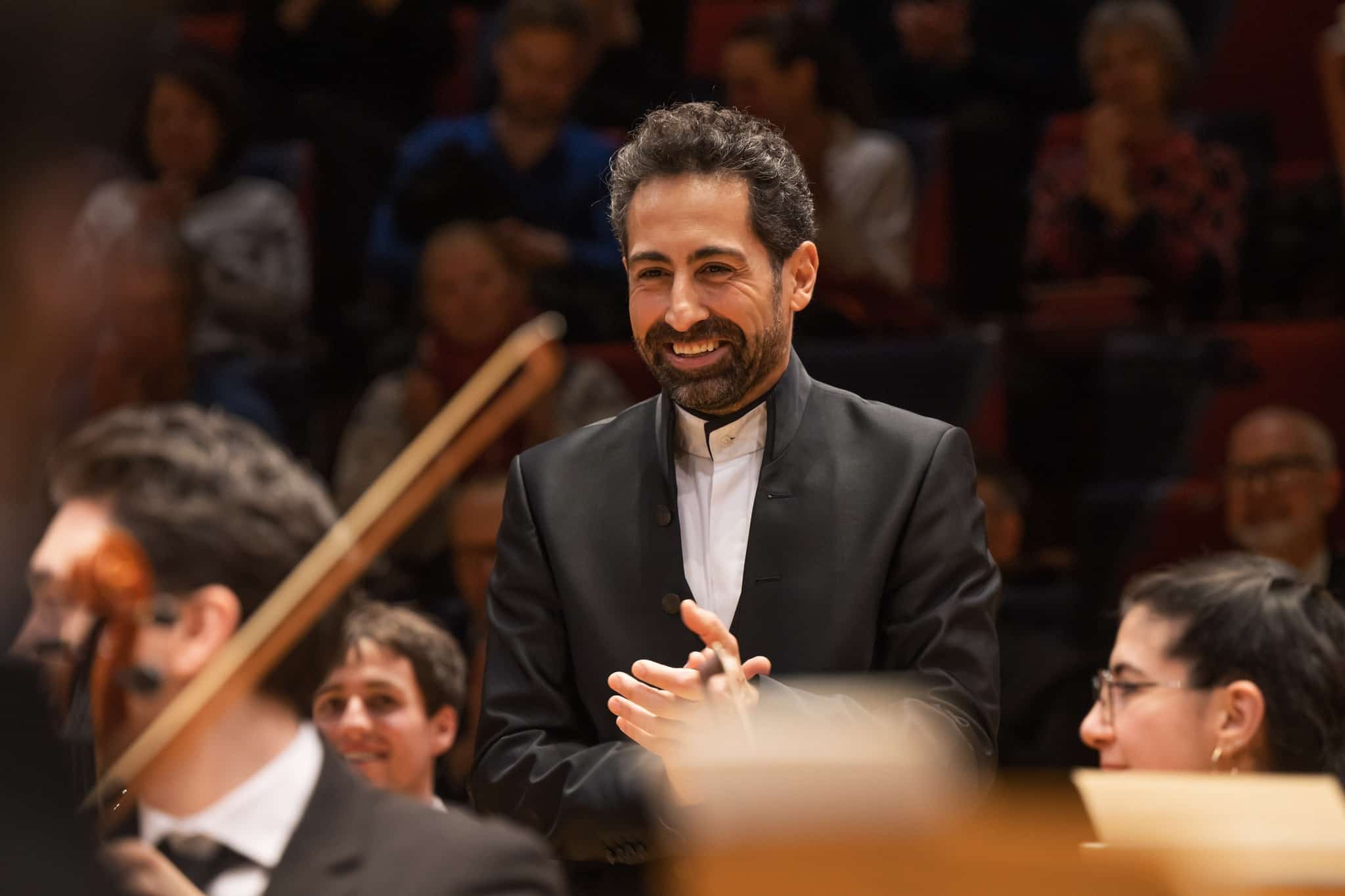Vienna completes return of Nazi-stolen art
mainStatement, just in, from the Vienna Philharmonic Orchestra:
The Vienna Philharmonic is relieved that an important chapter in its history is about to be closed. The painting Port-en-Bessin by Paul Signac was made available to the heirs today for collection.
Here’s the background:
The orchestra was given the painting in 1940 by a Gestapo official in France who had stolen it from a Jewish family.
The owner, Marcel Koch, fled to Algeria. He made a first application to recover his painting in 1945, but was unable to find its whereabouts.
The board of the Vienna Philharmonic decided to donate it to a museum in 1979 but were made aware of concerns about its ownership.
The present board chairman, Andreas Großbauer, made its return a priority when he took office in September 2014. It has taken over two years to identify the heirs of M. Koch. Now, those heirs have sent a representative to collect the art from the orchestra.

UPDATE: Here is a full and frank account, provided today by the VPO:
A chamber formation of the Vienna Philharmonic gave frontline performances in occupied France in August 1940 following the Salzburg Festival. The concerts were performed in Salins- les Bains, Besançon and Dijon in front of troops from the Ostmark, as Austria was called during Nazi rule. The musicians played a pointedly “Austrian” program of Mozart, Beethoven, Haydn, Schubert and Johann Strauss for members of the 12th Army and Group 510 of the Geheime Feldpolizei (Secret Military Police), which was celebrating its first anniversary On that occasion. The orchestra had already played in front of these units before the French campaign at a concert in Mayen in February 1940. The Geheime Feldpolizei was a security unit of the German Army that operated in occupied territories, its remit including counter-espionage, counter-sabotage and the fight against partisans and enemy propaganda.
The Group 510 also conducted requisitions in the French Jura region in 1940. One of the places they requisitioned was the Institut d’Études européennes, which had been evacuated from Strasbourg to Moutaine in the hinterland at the outbreak of the war in 1939. The institute had been founded in 1927 in Alsace to collect information about former war opponents. The Geheime Feldpolizei was convinced that the institute had masterminded “the hate propaganda against the Reich under the leadership of German emigrants”.
Among the items confiscated in Moutaine after the German advance into France was a painting entitled Port-en-Bessin by the French Impressionist painter Paul Signac, which the head of the institute, Marcel Koch, had taken with him from Strasbourg. In September 1940, Feldpolizeidirektor Roman Loos, head of Group 510, presented this painting to the Vienna Philharmonic after their return in thanks for the concert in Salins-les-Bains. Research by the historian Sophie Lillie, who was commissioned by the Vienna Philharmonic to explore the provenance of the painting, has shown that there was “a close relationship of many years” between Loos, who hailed from Vienna, and the orchestra. During the Austrofascism period, Loos, a member of the NSDAP since 1932 or 1933, had acted as liaison between the police and the illegal NS organization cells at the Austrian state theaters, which included the Vienna State Opera. The close ties between Loos and Wilhelm Jerger (of the VPO) were initiated at that time, and Jerger made use of this contact to obtain the release of Josef Geringer from the Dachau concentration camp. The actual handing-over of the painting, probably in Vienna, is not documented in the sources. The question as to whether the inauguration of Baldur von Schirach as the new Reichsstatthalter only a few days earlier played any role in this context remains unanswered.
Among the audience at the concert in France was Field Marshall Wilhelm List, the commander of the 12th Army and thus a key figure in the war campaign in France. The Vienna Philharmonic expressed their gratitude by awarding him the orchestra’s Ring of Honor “as a visible token of admiration […] for the victorious German army”. The Geheime Feldpolizei in turn, sent congratulations to the orchestra on its 100th anniversary in 1942; Clemens Hellsberg noted that Roman Loos, who died in 1987, remained “a great friend of the orchestra throughout his life”.
The impact of the orchestra’s illicit possession of the Signac painting under Jerger’s chairmanship is still felt to the present day. The painting’s owner Marcel Koch, who had spent the years of war and occupation in Algeria, started his restitution efforts soon after his return from Algeria in 1945, inducing the French authorities to include the painting in the Répertoire des Biens spoliés en France durant la Guerre (Inventory of assets looted in France during the war);8 these efforts, however, remained fruitless. The archival holdings of the Vienna Philharmonic contain no reference to the painting for a long time after the end of the war, nor have any comments been recorded from members of the orchestra who were involved in the concert in France or in the handing-over later in Austria.
The first post -war reference to the painting is from the year 1979, although without any mention of its origin, when the orchestra committee decided to loan it out to a museum. In another committee meeting in 1982, the committee members declined such a request for “this painting which has no connection to the Vienna Philharmonic” with the comment that lending it out would require payment of property tax. The committee did not approve of selling the painting either. When the letter of bestowal had been found in the Historical Archives, thus providing clear evidence of the illegal origin of the painting, Werner Resel, the orchestra’s chairman at the time, hired a law firm to find the rightful heirs in 1987. This came at a time when Austria was in the midst of the “Waldheim affair” about the wartime activities of its then President Kurt Waldheim. It was only in 2012, however, that the search for heirs was to produce results when the then chairman Clemens Hellsberg initiated comprehensive provenance research. The restitution planned for 2014 turned out to be impossible, since the heirs of Marcel Koch, who had died in 1999, did not respond to the attempt of the Vienna Philharmonic to establish contact, or at least broke off the contact again after a first response. The current Vienna Philharmonic chairman, Andreas Großbauer subsequently handed the case over to the French Commission pour l’indemnisation des victimes de spoliations intervenues du fait des législations antisémites en vigueur pendant l’Occupation (CIVS – Commission for the Compensation of Victims of Spoliation). Founded in 1999, the Commission works under the auspices of the French Prime Minister and has been coordinating the restitution of items looted during the German occupation of France from 1940 until 1944.





Comments